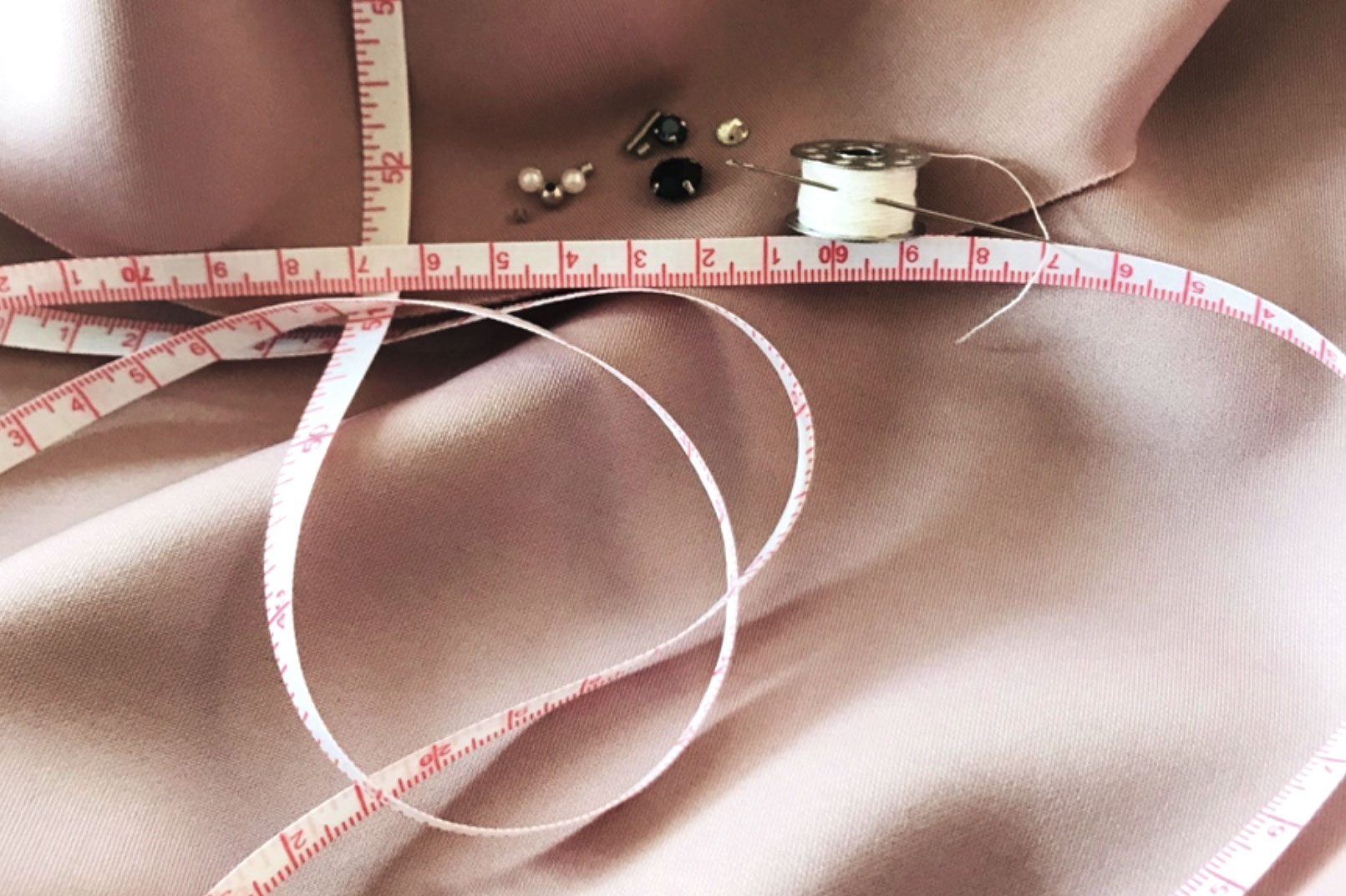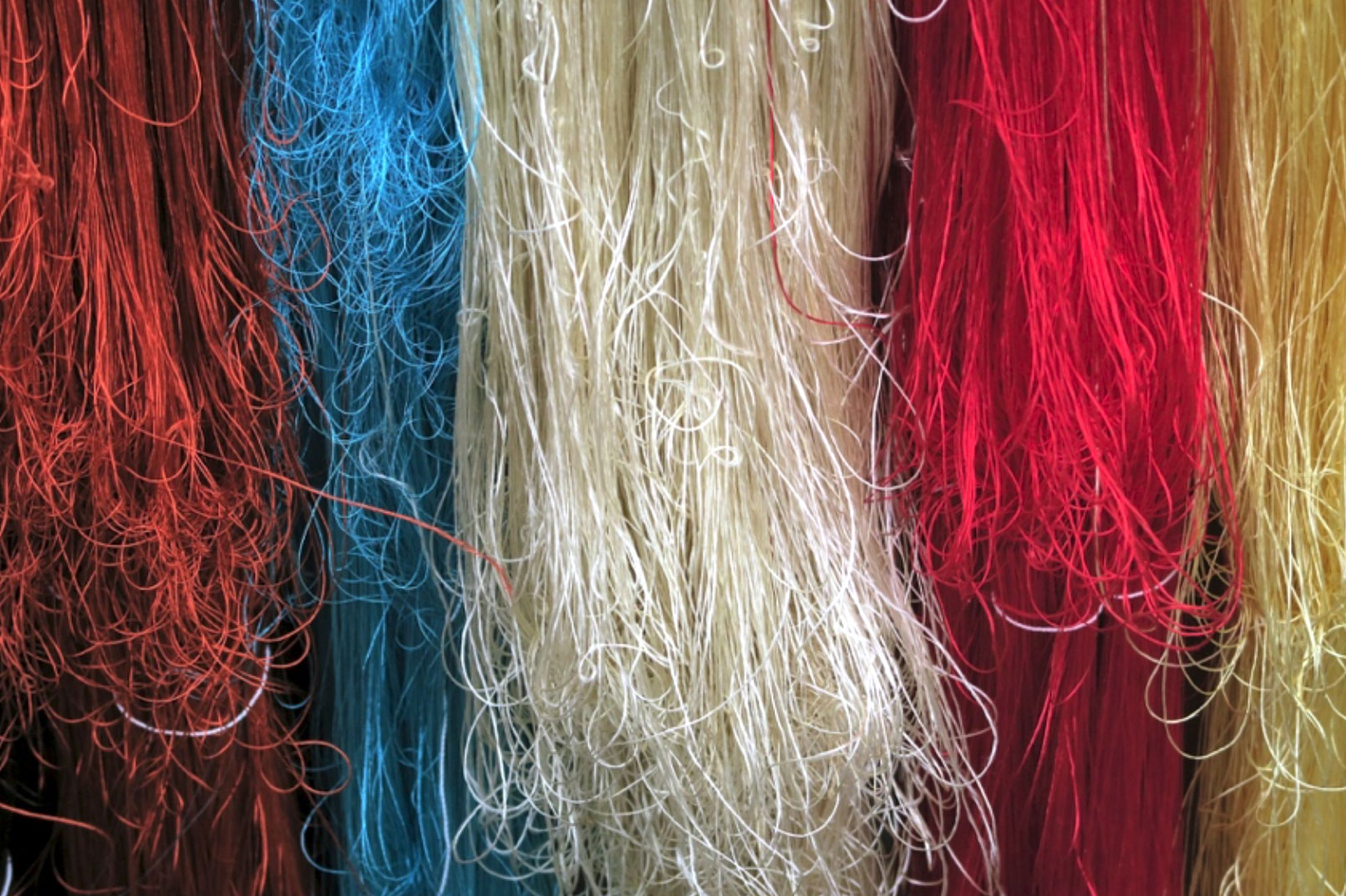
20 Dec Curiosities regarding Silk: Q & A
I t is widely acknowledged that silk is a precious fiber however; there are many other aspects of this precious materiai that are unknown to the average consumer- familiar only to the silk expert. Measurements, numbers and data are indispensable tools necessary for the daily production of silk and the transformation of this unique product. In this article, the silk expert endeavors to stimulate your curiosity in hopes of helping you further understand and appreciate the strength and value of silk.
#1 What are the units of measurement for silk?

The units of measurement of the threads or yarns are expressions of the section thickness of the threads themselves that in turn indicate a yarn count. Tex or Decitex (DTEX) are international measurement systems adopted globally, but there are other units of measurement used in this sector including the following:
– Tex = n° of gr for 1.000 mt
– Decitex (DTEX) = n° of gr for 10,000 mt
– denari (Den) = n° of gr for 9.000 mt is the denari measurement system adopted by the silk sector
– metric (m) = number of km per 1 kg is the metric measurement system adopted by the wool sector
– English Cotton = 840 yards in length per pound is the measurement system used in the cotton industry
With continuous silk there are 3 principal yarn counts: 20/22 Denari (Den), 27/29 Den, and 40/44 Den.
For example, the 20/22 Den is produced in a reeling mill using 6 to 8 cocoons that are joined together by silk gum, or the Sericin protein, that acts as a natural glue.
#2 What is meant by the terms warp and weft?

Warp and weft are the two basic components used in weaving to turn yarn into fabric. A fabric is composed of the interweaving of threads obtained by orthogonal interlacing: that is, of the warp in the sense of the length (up and down) and that of the weft in the sense of the width (back and forth). Together they determine the height of the fabric.
The standard fabric height is 140 cm even if, depending on the type and use, they can run from 90 cm to 330 cm.
Considering that an average of 7 silk thread cocoons, each consisting of 2 strands, are needed to make the yarn count 20/22, it surely makes an impression knowing that in a 140 cm high silk fabric with 96 threads per cm there are a total of more than half a million silk filaments! (3 X 2 X 96 X 140) = 564.480
#3 How many cocoons are needed to make 3 meters of fabric?
In order to make a silk twill dress, three meters of fabric are needed, which weighs 136 grams per linear meter fora totaI of 408 gr. Considering the loss of the Sericin protein originally in raw form, the same fabric weighed 25% more or 510 gr. Given that high quality cocoons can weigh from 0.6 to 0.8 grams and that from one kg of cocoons about 250/280 grams of spun silk is obtained- it is clear that to produce 510 gr of fabric, more than 2 kgs of cocoons are needed; thus (2000 gr: 0.7 = 2857) in order to make a silk twill dress, more than 2.800 silk cocoons were utilized.

#4 How much does a silkworm grow?
lt is surprising to know that one ounce of seeds, equal to about thirty grams, corresponds to about 50,000 to 60,000 eggs and that the rearing of a silkworm to maturity requires 1,000 kg of mulberry leafs.
At birth the silkworm measures 2 mm and 1,600 silkworms weigh 1 gram (about 0.0006 grams each).
The Iife of the silkworm is divided into five larvaI ages of five days each and the passage from one larval age to another is marked by the phenomenon of “Moulting”, during which the worm does not eat and remains motionless fora day in preparation for shedding their old skin to accommodate the fast growth. A totaI of tour moults take piace during the entire larvaI period.
This process is fundamental for the lite of the silkworm that in 28 days reaches the size of 8 centimeters and the weights 5 grams. lncredibly, the silkworm becomes 9, 500 times heavier than when it was born!
#5 How much silk would you need to wrap the Earth?

Given that the maximum circumference of the Earth at the equator is 40, 075 km, less than 100 kg of 20/22 Denier silk is enough to wrap our planet. (lf 21 gr are 9,000 meters long = 40.075: 9 x 21 = 93.508 grs total).
#6 Is it true that silk has a superior tenacity than steel?
lt is true if it is relateci to the length, without taking into account the specific weight of the materials. Performing tensile tests on the dynamometer indicates that one end of AISI 316 28 MICRON 50 Ditex textile steel (gr per 10,000 / mt) has an average tenacity of 12.70 cn / tex (centiniuton / tex), while an Organza thread 20/22 3C of raw silk 56 dtex (gr for 10.000 / mt) has an average tenacity of 46.5 cn / tex, and is therefore superior.
lt seems impossible that a small silkworm could generate such high numbers and that a thin filament could be so incredibly resistant. And yet, as already stateci, these very numbers demonstrate the greatness of this fiber and its very nature.
The world of silk is full of interesting curiosities; we will continue to discover them together.




Sorry, the comment form is closed at this time.